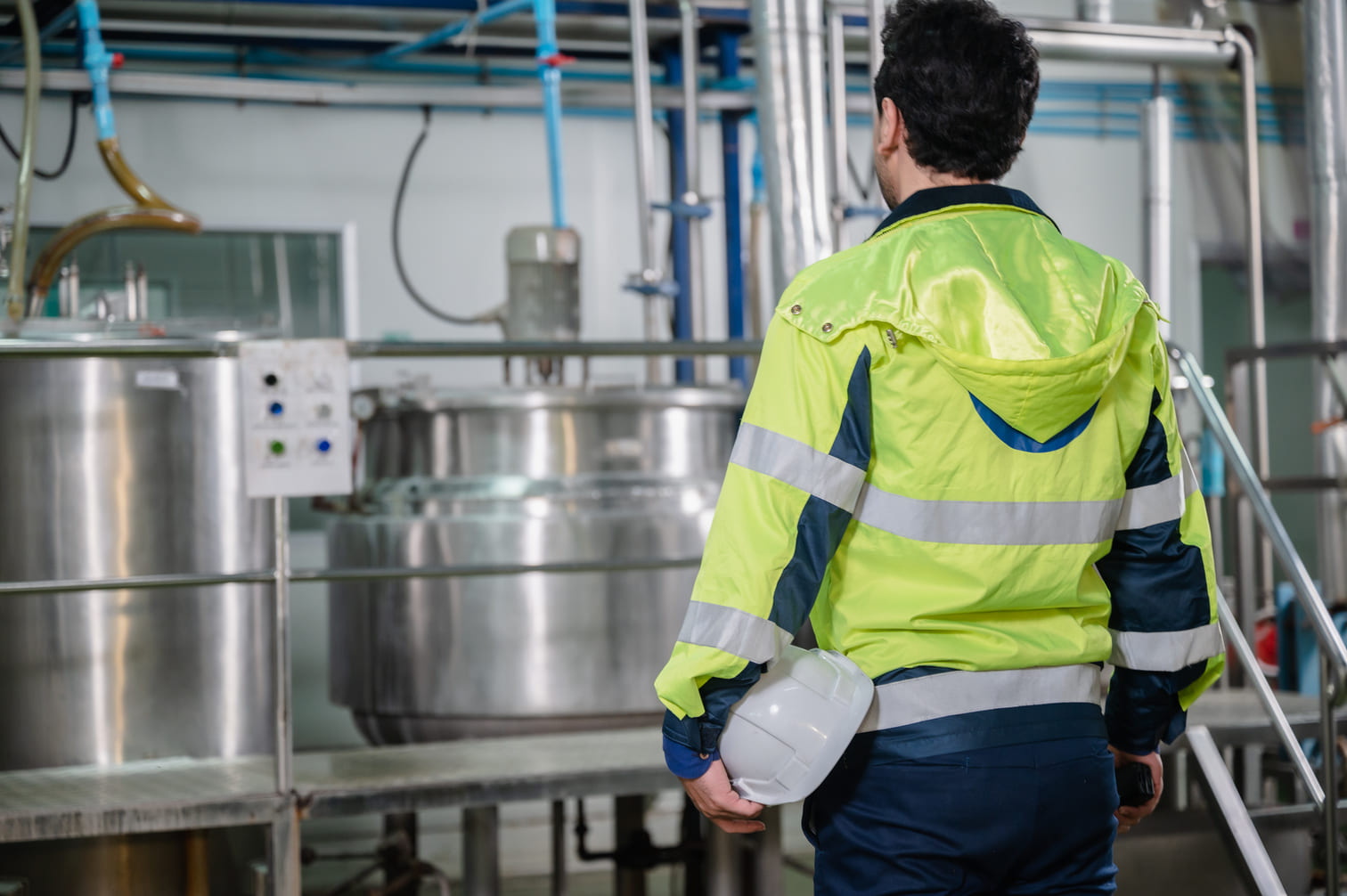Measuring is knowing – a well-known saying that also applies in production environments. However, measuring without a plan can result in gaining less knowledge than you intended. This is why the measurement plan was developed. In this blog, you will read how a measurement plan can help and how best to create one. But let’s start at the beginning: What is a measurement plan?
What is a measurement plan?
In various types of projects and processes, gathering information is central. Think of improvement projects, process analyses, and onboarding programs. Collecting data is extremely important in these cases, but properly documenting and analyzing this data is even more crucial. Only in this way will you gain the desired insights. A measurement plan provides a systematic approach that prescribes how measurements should be carried out. This results in a method where a high degree of accuracy, consistency, and reliability can be guaranteed. It prevents errors and incompleteness in data collection.
Why create a measurement plan?
Mapping out relevant process information starts with measuring and measuring starts with creating a measurement plan. Without a measurement plan, much relevant information gets lost because it is not measured and/or documented. This impacts the conclusions that are drawn and, subsequently, the improvement plans that are implemented. The purpose of creating a measurement plan is often to build a complete database that can be used to work toward efficient improvement strategies. For example, a measurement plan is frequently used during the Measure phase of a Value Stream Map, in order to substantiate it with accurate data. Setting up a measurement plan is therefore not only good for consistency, transparency, and efficiency – it also helps in making well-founded decisions. These advantages are especially useful in research, quality controls, and production processes. Among other things, it makes it easier to gain insights into processing times, waiting times, lead times, and yield.
What should a measurement plan include?
A measurement plan describes how and why the measurements are carried out. A good measurement plan example or template should therefore contain the following aspects:
- An objective: What exactly needs to be measured, and why should this be done?
- The measurement objects: What are the specific products, processes, or parameters that must remain under control during the measurement?
- The measurement points and frequency: Where in the process will the measurements take place, and how often should the measurements be performed?
- The chosen measurement method and equipment: Which measuring instruments or systems will be used? (Also include calibration requirements if applicable.)
- The tolerances and standards: Which quality criteria or specifications will be established to compare the results against?
- The responsibilities: Who will perform the measurements, check them, and ensure reporting?
- The records and reports: How will measurement data be documented, analyzed, and shared with other stakeholders?
- The corrective actions: What happens if deviations are identified after the measurements?
Measurement plan example
To illustrate what a complete and properly filled-out measurement plan looks like, we share below an example of a measurement plan from a production environment.
Objective
Ensure consistent product quality and timely detection of deviations.
Measurement objects
- Diameter and weight of the final product.
- Temperature and pressure during the production process.
Measurement points and frequency
- Diameter and weight: every 20th produced unit.
- Process parameters: continuously via sensors, automatically logged.
Measurement method and equipment
- Digital calliper (±0.01 mm accuracy).
- Scale calibrated according to ISO standard.
- PLC-controlled sensors for pressure and temperature.
Tolerances and standards
- Diameter: 50.0 mm ±0.2 mm.
- Weight: 200 g ±5 g.
- Temperature: 180 °C ±2 °C.
- Pressure: 5 bar ±0.1 bar.
Responsibilities
- Operator: perform and record product measurements.
- Quality officer: weekly calibration checks and reporting.
Recording and reporting
- Measurement values digitally stored in the production management system.
- Daily report to the production manager.
Corrective actions
If tolerance is exceeded: immediately stop the process, analyze the cause, block non-conforming products, implement corrections, and only restart after release by the quality officer.
A measurement plan in the EZ-GO platform
The EZ-GO platform supports safeguarding a measurement plan by centrally managing and automating all measurement activities. Operators can easily look up and record measurement points and frequencies, after which the platform generates reminders and workflows to ensure that no measurement is skipped. In this way, EZ-GO makes the measurement plan practical, reliable, and fully integrated into daily production processes.
Questions about the measurement plan or the EZ-GO app?
Want to create and execute a measurement plan with the support of EZ-GO? You can always reach out to us for information about both the measurement plan and our platform. For example, contact us for a free demo and discover the world of EZ-GO yourself.


